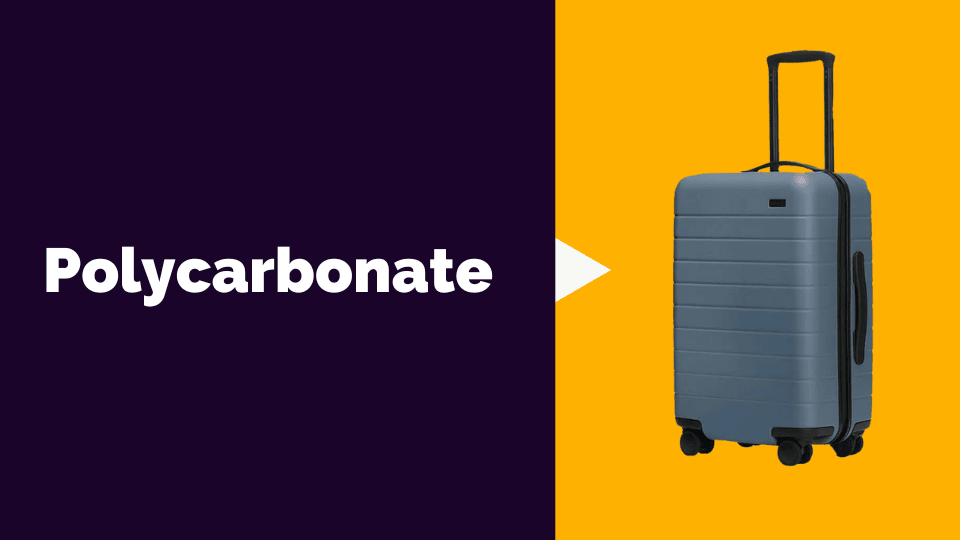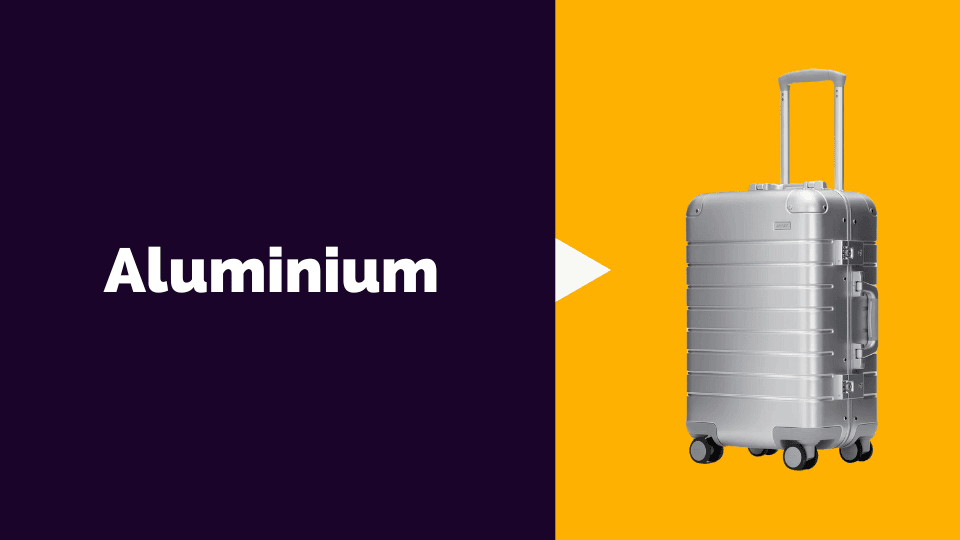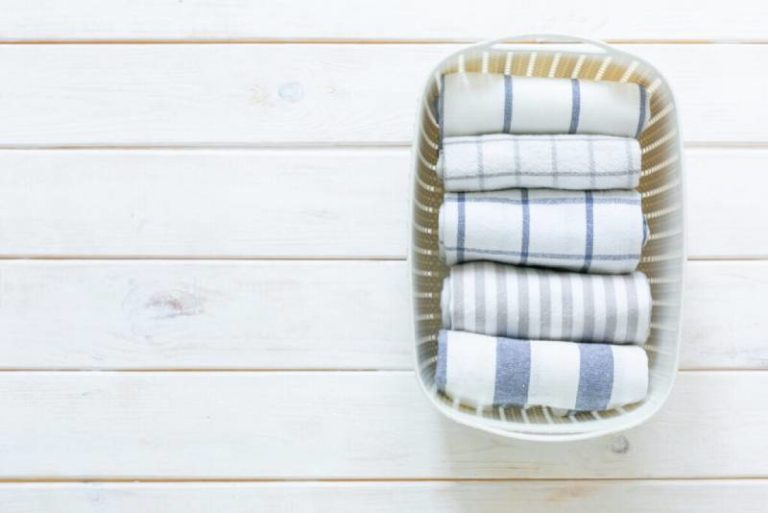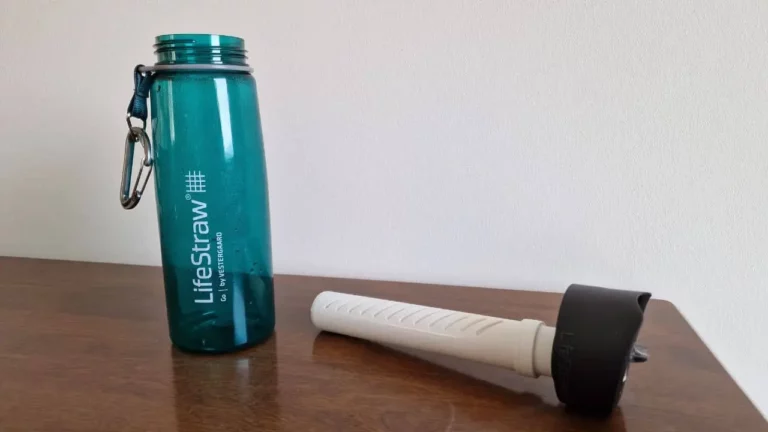Unbreakable Luggage: The Top 5 Most Durable Materials for Your Next Trip
When traveling, your luggage can be your best friend or your worst nightmare. Durable luggage can make your trip easier by helping to protect and organize all the things that are important to you.
But what type of material makes the best luggage? Here are five materials with a proven track record of toughness.
What Are the Most Durable Materials for Luggage to Ensure the Protection of My Belongings During Travel?
You’re taking a trip and want a suitcase that will withstand the rigors of international travel. Fortunately, there are plenty of luggage materials designed to handle the abuse of being thrown around in baggage claims and airports.
Durable luggage can be a good investment. They last a long time and won’t need to be replaced often. That said, here are the best five luggage materials!
1. ABS

ABS (Acrylonitrile Butadiene Styrene) is a strong, impact-resistant plastic that’s widely used in the manufacture of consumer goods. This lightweight and resilient material is ideal for making luggage, toolboxes, automotive trim, and many other products.
ABS consists of acrylonitrile, butadiene, and styrene monomers (chemical compounds). Each of these has its own set of advantages.
- Acrylonitrile is a chemical and fatigue-resistant material with high hardness and melt strength (≈25%).
- Butadiene provides excellent impact protection (≈20%).
- Styrene has the properties of heat resistance, processability, and hardness (≈55%).
The ABS manufacturing process begins with heating the monomers until they form a liquid. This liquid is then cooled and formed into pellets.
The pellets are then heated again to create a liquid form they can extrude through a nozzle onto sheets of film. Manufacturers then cut these film sheets into individual blocks or molded into any desired shape.
Advantages
ABS offers many advantages to travelers looking for durable and lightweight luggage. Here are some of its best features:
- Lightweight – ABS is one of the lightest plastics available for luggage manufacture. This makes it easier to carry around than heavier materials.
- Durable – ABS plastic is one of the most durable materials available for making luggage. It’s extremely resistant to impact damage and scratches, so your bag will last longer than you expect it to (even after being thrown around on planes).
- Heat resistant: You can heat ABS up to 100 degrees Celsius without degrading its physical properties or shape — this makes it ideal for high-temperature environments.
- Water resistant: ABS is waterproof, which means your belongings will not get wet if they get wet while traveling in rainy weather.
RELATED:
Is ABS Material Right for You? Pros and Cons of This Luggage Material
2. Polycarbonate

Polycarbonate is a strong, lightweight material with many commercial and consumer uses. It’s most commonly used for bulletproof windows, but it also finds its way into luggage, sports equipment, and other products.
Polycarbonate is a thermoplastic, which means it can be melted and molded into any shape, then cooled to set.
Because of its strength, polycarbonate is popular in the construction of car windshields. The material is very durable and provides excellent protection against breakage or impact damage to the vehicle’s occupants.
Many types of sunglasses are also made from polycarbonate because it blocks ultraviolet rays and provides excellent protection against eye injury.
The same qualities that make polycarbonate useful in construction make it ideal for sporting goods. For example, manufacturers frequently make skateboards from polycarbonate.
This is because it’s lightweight, yet tough enough to withstand bumps and scratches from rough terrain or to use around town by careless riders.
Advantages
The advantages of polycarbonate are many:
- Durable: Polycarbonate is nearly indestructible and can withstand extreme temperatures without cracking or breaking. This makes it a good choice for luggage you may expose to harsh conditions like the desert or snow.
- Lightweight: Polycarbonate is also very light, making it easy to transport even large pieces of luggage without straining yourself or your vehicle.
- Resists corrosion: You won’t have to worry about rust stains on your luggage if you choose polycarbonate over other materials like aluminum or steel.
- Impact resistant: If you drop your bag accidentally while traveling, the contents inside should be safe thanks to polycarbonate impact resistance capabilities.
RELATED:
Is Polycarbonate the Best Material for Your Next Luggage Purchase? Find Out Now!
3. Polypropylene

Polypropylene is a thermoplastic polymer that has a wide range of applications. It is also one of the most common materials used in luggage. Polypropylene is highly durable and easy to maintain, making it an ideal material for travel bags.
Polypropylene was first discovered in 1951 by Paul Hogan and Robert L. Banks. The two chemists were trying to convert propylene into gasoline. However, their research led them to come upon an entirely new polymer!
They named their discovery polypropylene because it had many similarities with propene, a molecule commonly found in petroleum products such as gasoline or kerosene.
Advantages
The benefits of polypropylene luggage include:
- Budget-friendly: Polypropylene is one of the least expensive types of luggage on the market. If you’re looking for something affordable, this is a great option!
- Lightweight: Polypropylene is much lighter than other materials like aluminum or steel, which makes it easier to carry around when traveling.
- Chemical and temperature resistant: Polypropylene can withstand harsh chemicals and extreme temperatures with no damage to the bag itself. This makes it ideal for those who frequently travel by plane as well as those who regularly hike in hot weather climates.
- Waterproof: Because polypropylene doesn’t absorb moisture, it keeps your belongings dry under rainy weather or when hanging out at the beach or poolside!
RELATED:
What Makes Polypropylene Luggage Material the Top Choice for Frequent Travelers?
4. Aluminum

Aluminum is a strong material used in the manufacturing of luggage. You can find this material in many types of luggage, from carry-on bags to suitcases.
You can also come across it in many shapes, sizes, and colors. Some travelers prefer soft-sided aluminum luggage because it protects the fragile items in the bag.
Aluminum has been used in the manufacture of luggage since the 1930-s when Rimowa introduced its first aluminum suitcase. It was the first company to use aluminum only for its luggage products.
Several other well-known luggage companies now take pride in using this material, such as Level8, Away, and Tumi.
The only drawback to aluminum bags is that they are heavier than other bags made from lighter materials like polycarbonate plastic or polypropylene.
Advantages
The advantages of using aluminum include:
- Lightweight: Aluminum remains lightweight, making it easier to carry when traveling with heavy loads.
- Durable: Aluminum has high tensile strength and can withstand extreme weather without breaking down.
- Rust resistant: If you accidentally leave your suitcase (like this one) outside during winter months or if you get caught in a rainstorm while traveling, there’s less chance of your bag rusting than there would be with other materials like steel.
- Easy to clean: You can use soap and water or any other cleaning solution to remove dirt and grime from your cases — no matter what kind of dirt or grime you’re dealing with.
RELATED:
The Pros and Cons of Aluminum Luggage: Is it the Best Choice for Travel?
5. CURV

Introduced in 2007, CURV is a material designed to make luggage stronger and more flexible. You can find luggage bags, backpacks, duffel bags, briefcases, and more in this material.
Several well-known luggage companies take pride in using this material, such as Samsonite & Hartmann.
In fact, this high-quality material was originally manufactured by Propex GmbH for Samsonite!
Advantages
Here are a few reasons I think curv is one of the best luggage materials out there:
- Durable: It’s also flexible and durable, meaning your luggage will maintain its shape even after being thrown around in an airport baggage carousel.
- Water-resistant: The combination of a water-repellent outer shell and waterproof inner lining means that your luggage will stay dry even if it gets wet or dirty on the outside.
- Impact-resistant: It’s five times stronger than conventional polypropylene shells. This means your luggage can withstand the most extreme conditions and remain intact.
RELATED:
The Advantages of CURV Material Luggage: Say Goodbye To Heavy Suitcases!
What Is the Most Durable Material for Hard-side Luggage?
The most durable materials for hard-side luggage include aluminum, polypropylene, polycarbonate, and curv. These materials are also lightweight and water-resistant.
Therefore, they make great luggage choices for travelers who want both durability and lightness.
- Aluminum is the most durable and most commonly used material for hard-side luggage because it’s lightweight and doesn’t rust. Because of its high-quality traits, it comes with a higher price tag.
- Polycarbonate is also thermoplastic, but it’s more rigid than polypropylene and has better impact resistance.
- Polypropylene is a thermoplastic polymer that can be molded into almost any shape. It’s lightweight and strong, but not as impact-resistant as polycarbonate.
- Curv combines the toughness of polycarbonate with the flexibility of polypropylene. It’s also lighter than either material on its own — so it’s easier to carry around when traveling by plane or car.
Final Thoughts
And there you have it, five materials that’ll guarantee you take your beloved belongings with you from coast to coast without a scratch and the fear of breakage.
Choose wisely, travelers: one of these luggage types is sure to be your best bet for a carefree experience.
As always, if you have questions about luggage materials, feel free to leave them below!
Sources
- Plastic Extrusion Technologies: What is ABS Material
- SpecialChem: Comprehensive Guide on Polycarbonate
- Creative Mechanisms: Everything You Need To Know About Polypropylene
- All About Aluminium
- Propex Furnishing Solutions







